Aircraft Engine Repair Ship
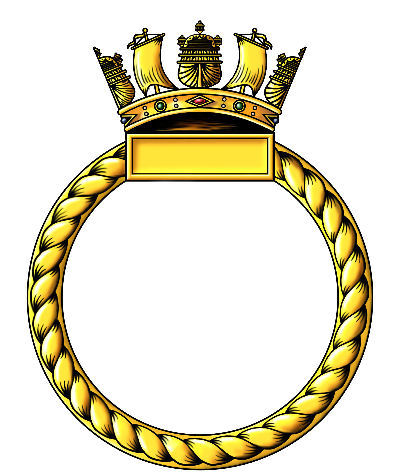
No badge issued for this vessel
Battle Honours
None
Specifications
Builder: Short Brothers Ltd, Sunderland, U
Displacement: 6,924 tons
Length: 431 ft
Beam: 56 ft
Draught: 26 ft 6 in
Speed: 11 Knots
Crew complement: 450+?
Commanding Officers
A/Capt. Malcolm Farquhar, RN 18 July 1945
Related items
None
Reminiscences
None
Gallery
None
H.M.S. SOLWAY FIRTH
.jpg)
No image of the SOLWAY FIRTH available - this is her sister ship the BEAULY FIRTH. Photo: © IWM (FL 1703)
Early history
Ordered from the shipyard of Short Brothers Ltd, Sunderland as the 7,339 GRT cargo ship EMPIRE LAGOS for the Ministry of War Transport, her keel was laid down on January 22nd 1944.
Subsequently requisitioned by the Admiralty for conversion into the first of three Aircraft Engine Repair Ships. She was one of five 'Moray Firth' class repair ships building in British yards (BEAULY FIRTH, CUILLIN SOUND, HOLM SOUND, MORAY FIRTH and SOLWAY FIRTH) that were planned as Aviation Repair Ships for deployment with the Fleet Train oBEAULY_FIRTH.htmf British Pacific Fleet (BPF).
She was launched on October 31st 1944; it is unclear if the outfitting was carried out by the Short Brothers yard or whether she was moved to another yard for completion. This work included her being outfitted with general, and specialist aircraft workshops and engine test bays1. On completion EMPIRE SARAWAK was renamed as HMS ‘BEAULY FIRTH' after a stretch of water near Inverness, and commissioned June 10th 1945.
She commissioned as HMS SOLWAY FIRTH on July 18th 1945, Captain Malcolm Farquhar, RN in command. She was named for the body of water that stretches from he estuary of the River Nith, south of Dumfries into the Irish sea. The firth forms part of the border between England and Scotland, between Cumbria to the South and Dumfries and Galloway to the North.
Like her sister ships of the 'Moray Firth' class SOLWAY FIRTH carried two large twin engine lighters for ferrying engines and stores to and from the aircraft carriers or from shore bases. Defective engines passed through the various workshops before being test run in one of the two, hangar like, athwartships test bays on the aft of the ship. When testing engines the ship would move to a remote anchorage to run them up to full power; this was a very noisy job so it had to be done away from populated areas, also the force of the thrust generated by the test propellers coming out of the fully open test bay were sufficient to drive the ship in a circle around her anchor or to veer off course if attempted underway.
Allocated to the British Pacific Fleet
Although she was commissioned only two days after her sister ship HMS MORAY FIRTH, there is no record of her sailing from the UK. The July 1945 Navy List details 14 officers appointed to the ship.
Post War
The ship appears to have been placed in the Reserve Fleet and later put up for disposal. In March 1947 work began to convert her back into a cargo carrier in Amsterdam, by Amsterdamsche Droogdok Mij. NV. for the Skibs A/S Kongsberg and renamed KONGSBERG. Operated by A G Olsen, Norway. Sold in 1955 to Rederi A/B Borgtramp and renamed OLOFSBORG. Operated under the management of J A Zachariassen, Finland. Sold in 1959 to Polish Steamship Co, Szczecin and renamed HUTA FLORIAN. Arrived on 26 August 1971 at Bilbao, Spain for scrapping
Various ship departments
Thes images below are of the interior of HMS MORAY FIRTH; all three ships of this type were identical in layout, but equipment differed for supported engine types Click an image to enlarge it.
These images are of HMS. MORAY FIRTH and are from the collection of David Nairn who served on the ship as a Sub-Lieut (A) R.N.V.R. The images are supplied by his daughter and son-in-law, Margaret Nairn and John Struthers. Further HMS Moray Firth images can be found at bit.ly/hmsmorayfirth
Notes:
1. Records are sketchy for the six Aviation Repair Ships built for the Fleet Air Arm, however there ware two distinct types – Component repair, and Engine Repair. It is highly probable that these ships specialised in either British or American types. What evidence exists suggests the following assignments:
Deer Sound = Component*
Holm Sound = Component* British airframes and component types
Cuillin Sound = Component
Beauly Firth = Engine* - British in-line Engines
Moray Firth = Engine* - British in-line Engines
Solway Firth = Engine* - American Radial engines?
*See AFO 7521/45 —Complement Amendments (N/G.013545/45.—27 Dec. 1945.) which states:
H.M. Ships “Beauly Firth” , “Moray Firth” and “Solway Firth” as Aircraft Engine Repair Ships (Admiralty Letter N.15743/44 of 5 July, 1944).
H.M.S. “Deer Sound” as Aircraft Component Repair Ship (Admiralty Letter N .29837/43 of 7 March, 1944).
H.M.S. “Holm Sound” as Aircraft Component Repair Ship (Admiralty Letter N .32706/44 of 8 January 1945).
Last modified: 23 February 2023
Primary information sources
Additional sources:

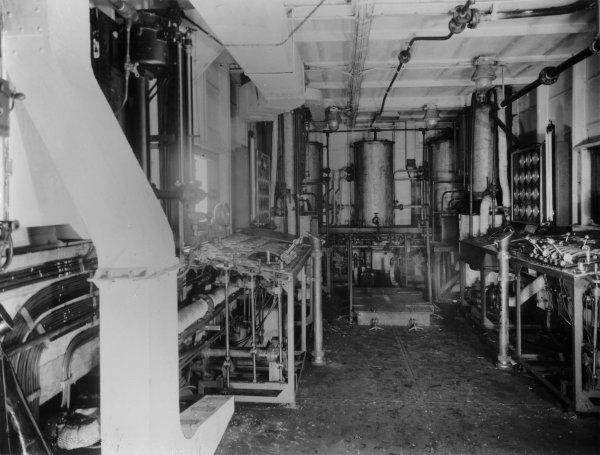
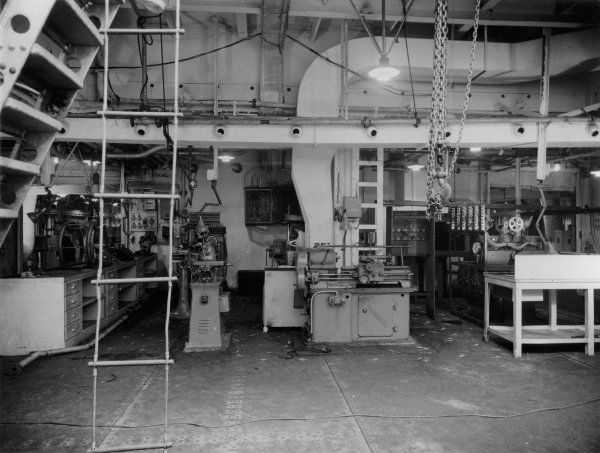
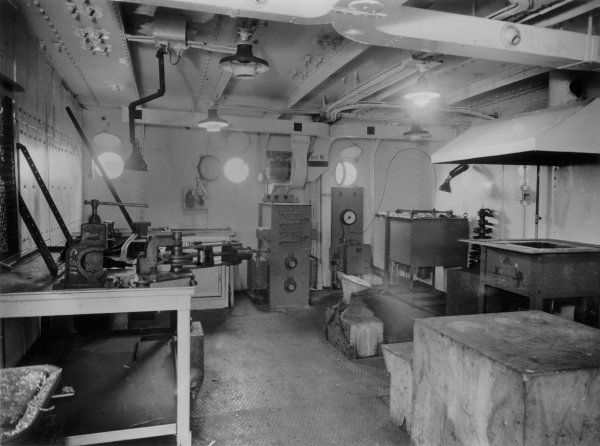
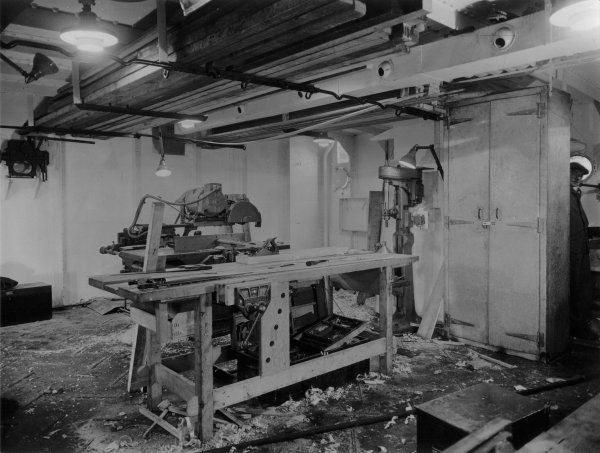
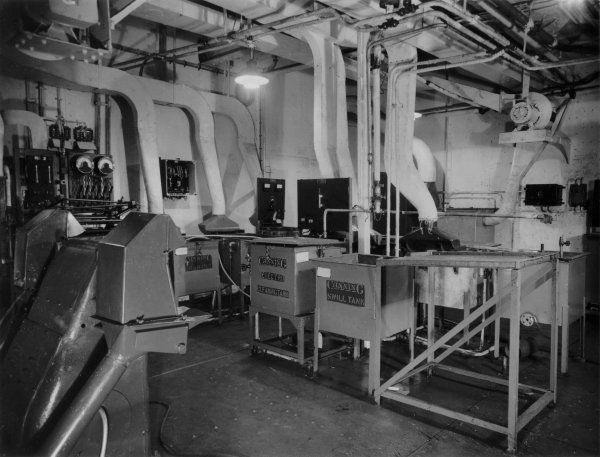
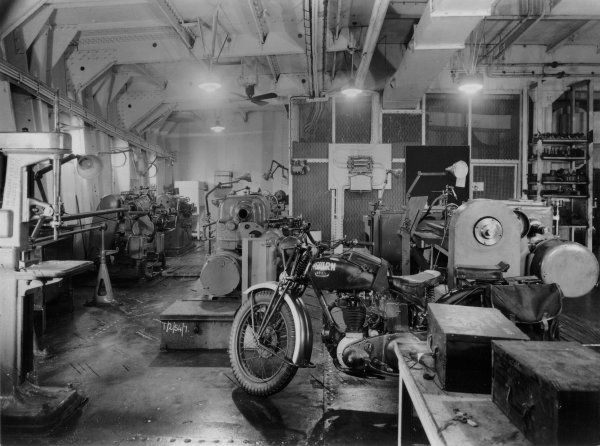
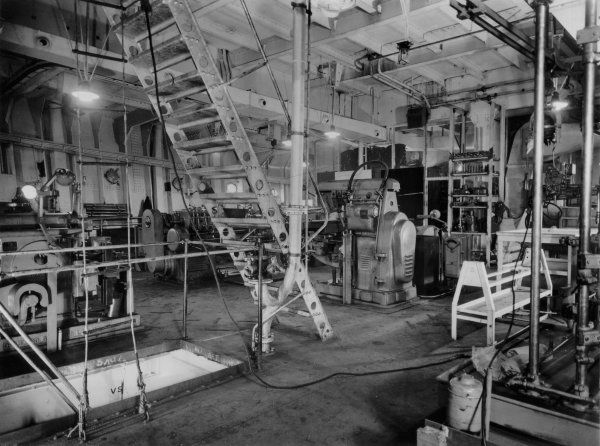
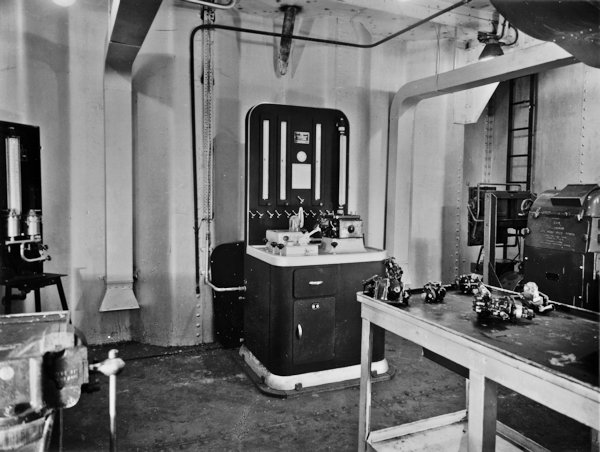

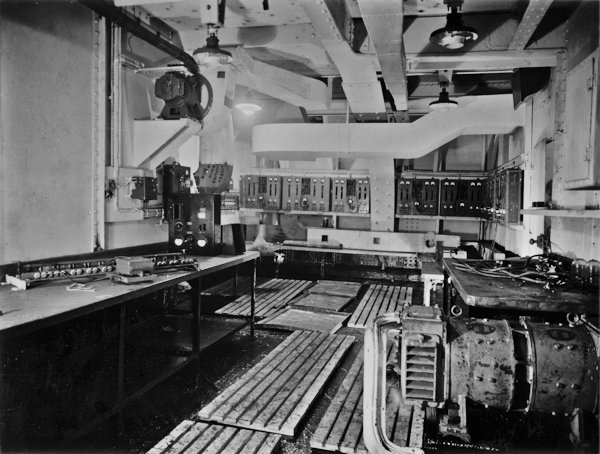
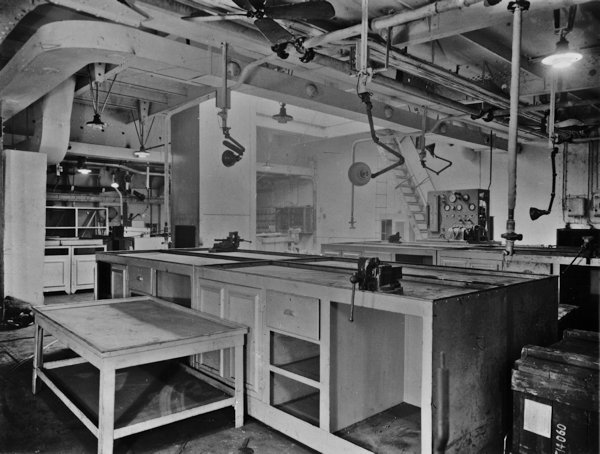
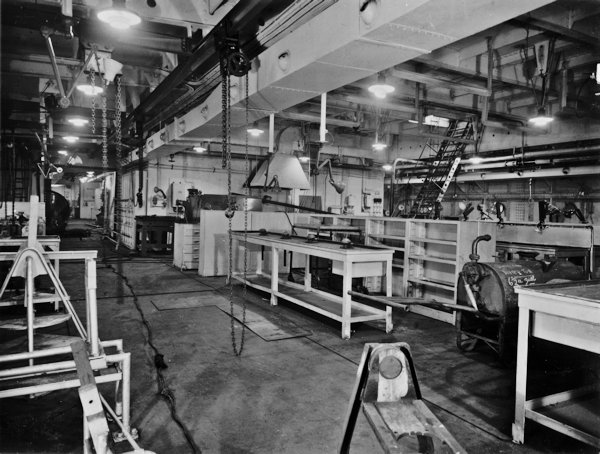
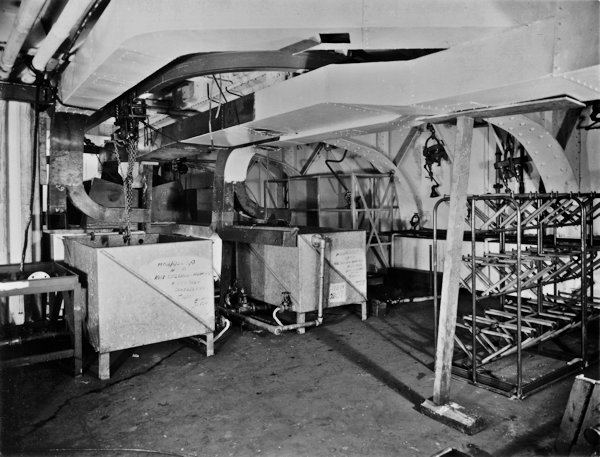

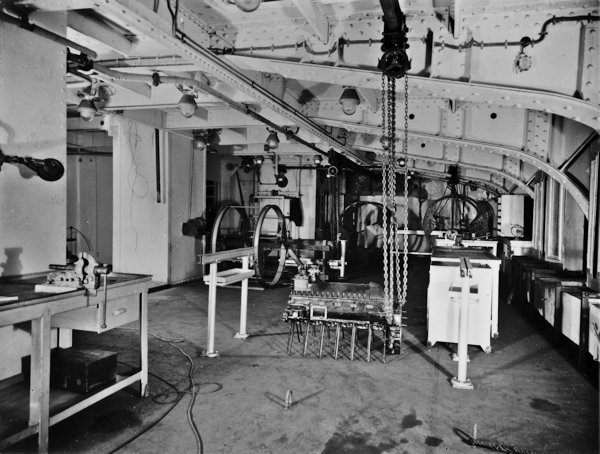
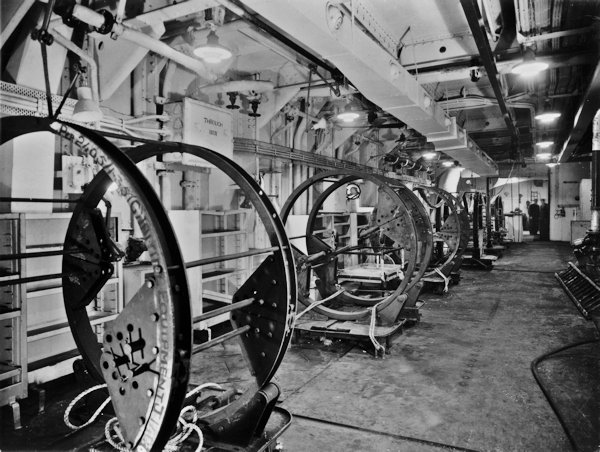
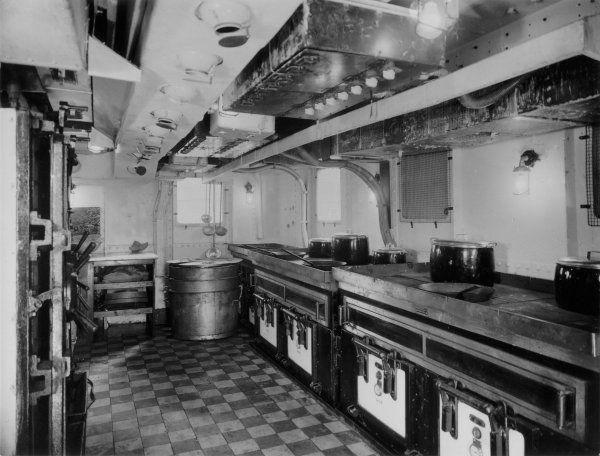
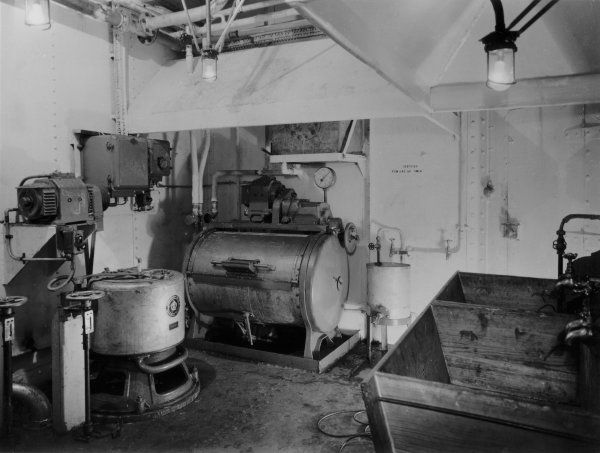
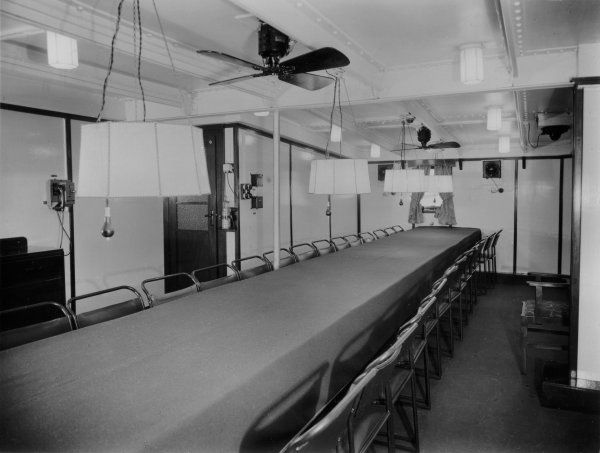
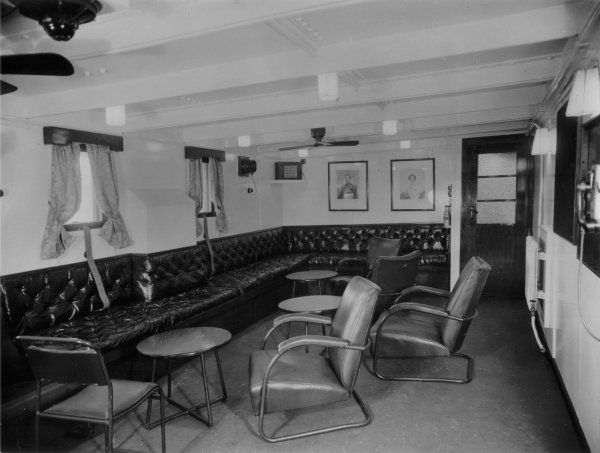
Comments (0)